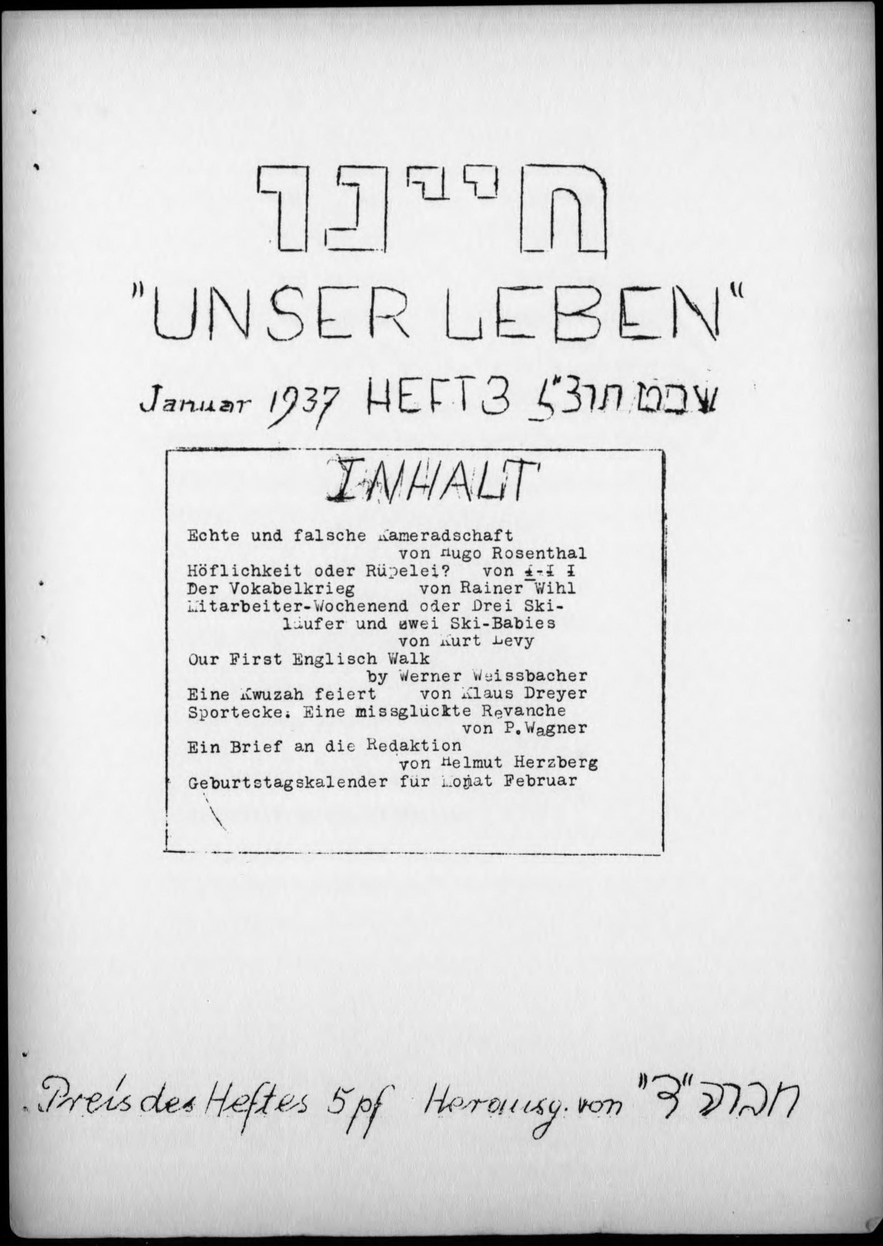Getting Schooled
Profiles in German-Jewish Education
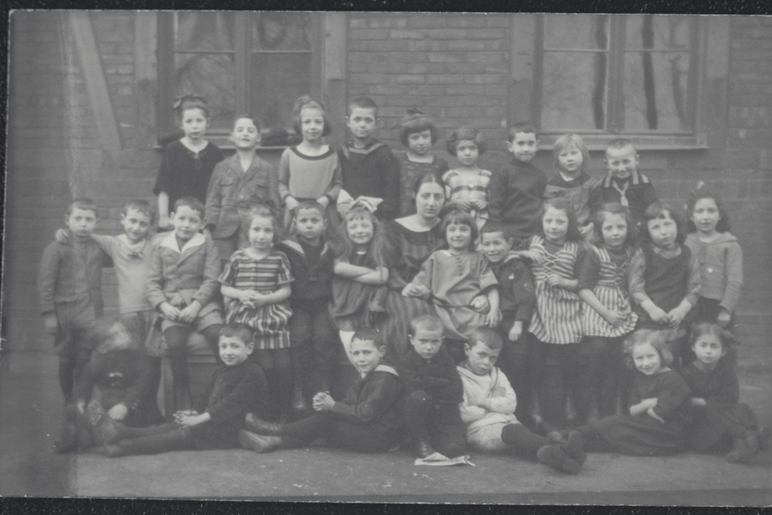
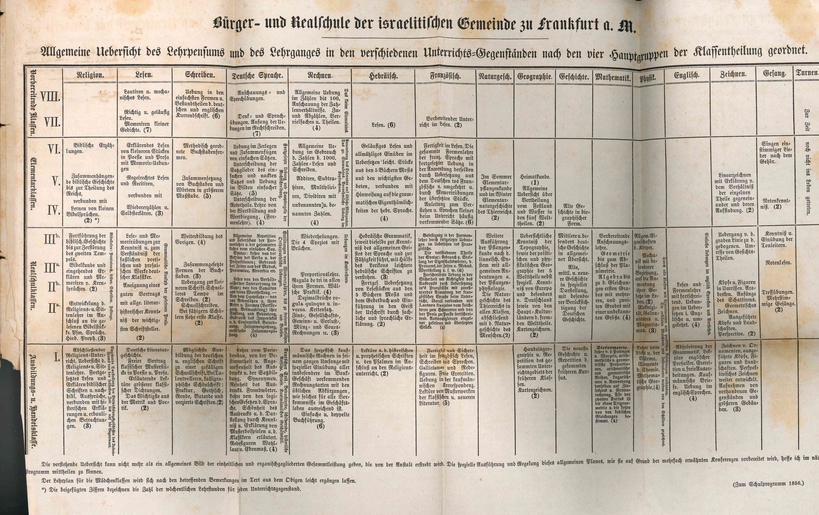
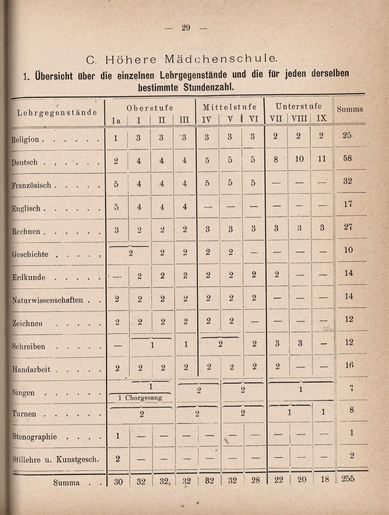
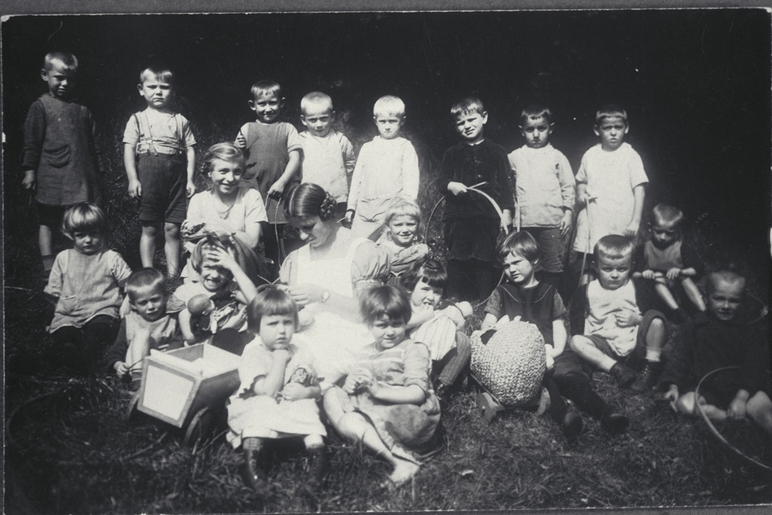
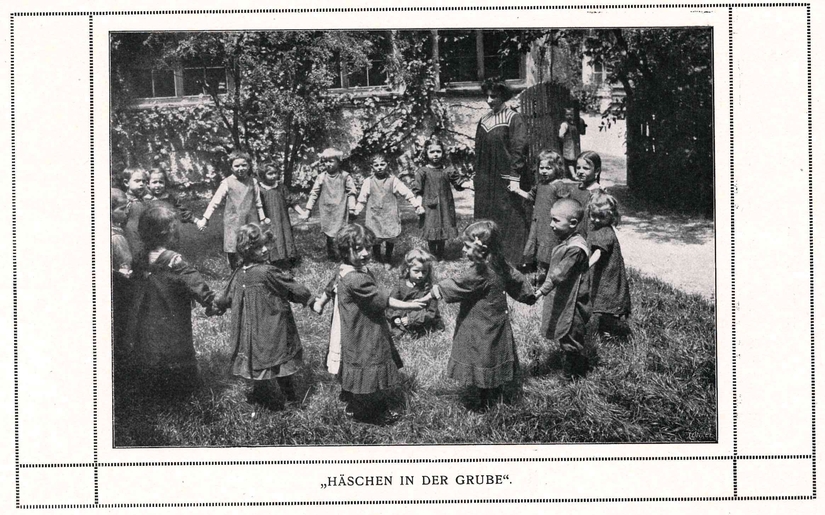
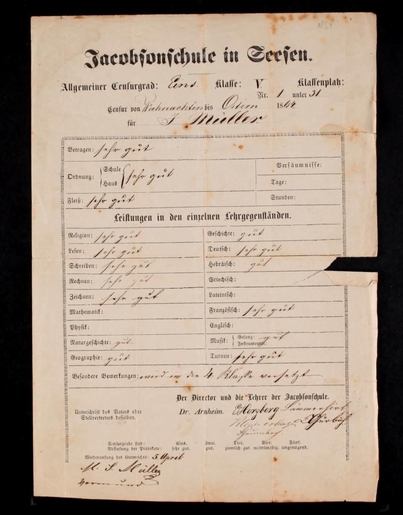
Books and archival materials from LBI's Library and Archives highlight the influence of the education in establishing an emancipated German-Jewish middle class. Under the influence of the Haskalah (the Jewish enlightenment), the first "modern" schools taught both secular and religious studies, beginning with the Jüdische Frei-Schule ("Jewish Free-School") in Berlin (1778), the Wilhelmschule in Breslau (1791), the Franzschule in Dessau (1799), and the Jacobson Schule in Seesen (1801).
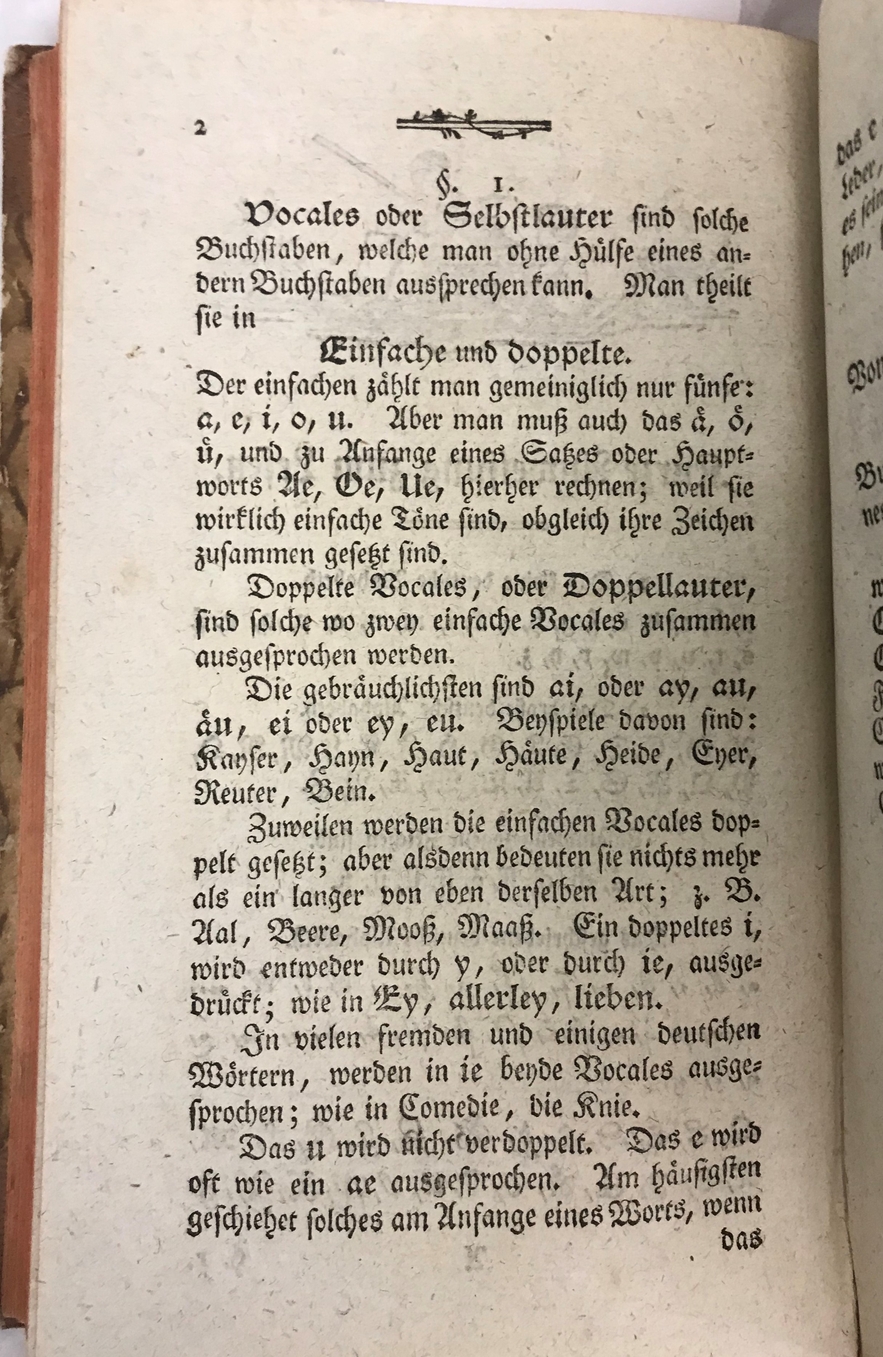
Before the 19th century, most Jews could not read or write German script. Prior to the opening of these “modern” schools, children (chiefly boys) studied Jewish texts in private hadarim. Girls were generally taught using Jewish texts adapted into Yiddish and had fewer years in school than boys. A textbook advertising the curriculum of the Berlin Jüdische Frei-Schule ("Jewish free school") showed (most importantly) lessons for Jewish children in the German language along side lessons in Hebrew, and Jewish prayers and parables (in German!).
One influential Jewish school was Philanthropin, the largest and longest running school in Germany. It was established around the same time as the non-Jewish, Musterschule ("model school") in Frankfurt am Main, taking advantage of new laws that granted greater liberties to Jews, and new ideas that promoted religious tolerance and expanded education access. Classes were first organized to train Jewish boys to become artisans. Eventually, the school began admitting girls to train them for future domestic duties, offering classes on needlework. It incorporated kindergartens and physical training. By 1813 it achieved the same level of recognition as a Christian school.
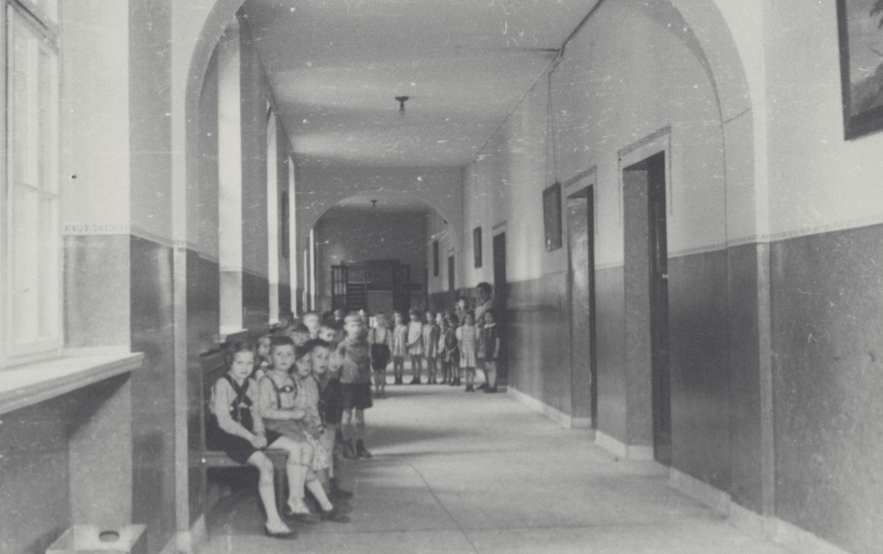
While Philanthropin offered a similar education as other schools, preparing children for commercial careers, it also also taught Jewish religion and Hebrew, using Mendelssohn's translations for study. Toward the mid-19th century, many of the instructors and leaders of the school were part of the Wissenschaft des Judentums movement (“Science of Judaism”) as well as the Reform movement. From its beginning, Philanthropin had Christian students as well as Christian teachers, although it maintained a general German education. Although it was not a denominational school, it was supported by the Jewish community and offered Hebrew and biblical instruction as well as Jewish religious instruction. New secular subjects were added, like modern science, electricity, chemistry, as the curriculum continuously evolved.
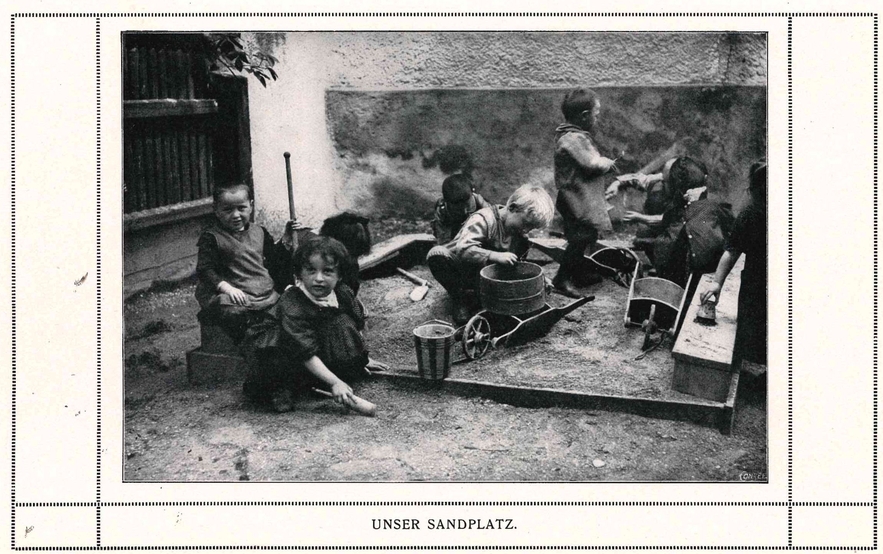
The mid-19th century saw a rise in kindergartens led by members of the Frauenbund ("women's organization"). Women involved in the women’s movement – many of whom were Jewish – encouraged the spread of the ideas of Friedrich Fröbel, an educator who had developed the idea of the kindergartens. Fröbel believed women had a maternal instinct that made them naturally suited for the job of educating young children. He also believed both boys and girls should receive an education. His thoughts on education were seen as secular, which appealed to Jewish women. Prominent Jewish women like Henriette Goldschmidt and Lina Morgenstern founded kindergartens as well as furthered the movement to open kindergartens. Jewish women were also involved in expanding education opportunities for women in order to train more teachers.
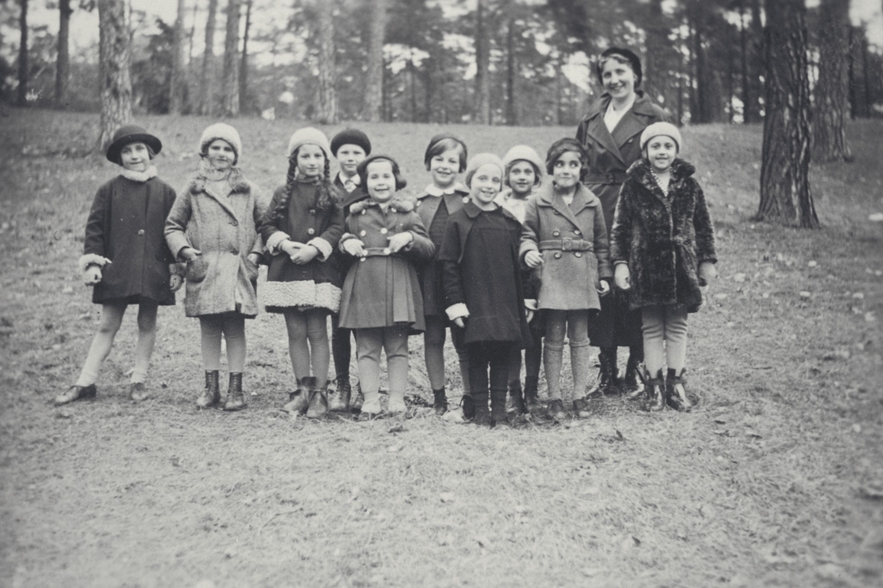
The 20th century brought new progressive school movements that created Arbeitsschulen, a style of school that was child-centered and focused on active learning, as well as other Montessori-style schools. Progressive school movements also brought about new subjects, such as Heimatkunde (the study of the geography of the home region) and Naturkunde (the study of the natural world). Progressive educators taught students about plants and animals in the school gardens or fields. Instruction was designed to be from the perspective of the child. Advocates for progressive education thought active learning was a more effective method of engaging students in a democratic society. Education reform movements were also associated with teaching tolerance and discouraging anti-Semitism. Jewish educators such as Clara Grunwald, Toni Lessler, Gertrud Feiertag, and Anna Essinger were involved in the Montessori movement and founded new, reform-minded schools. Students at progressive schools worked collaboratively, often outdoors. Jewish students went to school alongside non-Jewish students. Jewish students often attended reform-based schools, like the first Waldorf school in Stuttgart (although the movement's founder, Rudolf Steiner, held anti-Semitic beliefs).
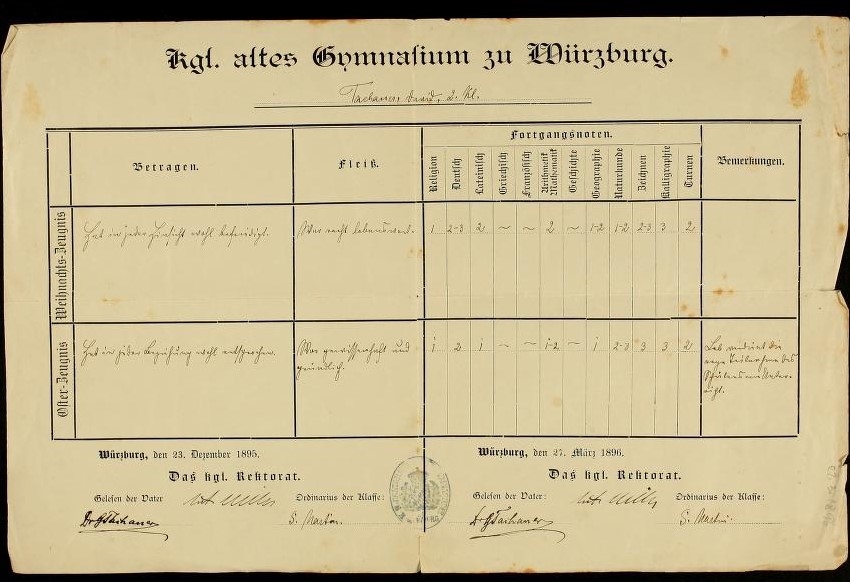
During the Weimar period, 85 percent of Jewish children attended non-Jewish schools. New schools, like Anna Essinger's Landschulheim Herrlingen (“Herrlingen Country Boarding School”), opened to both Jewish and non-Jewish students alike. But by 1933, both Jewish students and Jewish educators began to feel pressure from the new regime. The slow ending of access to education for Jewish students was part of their own slow end to emancipation in Germany. Many Jewish students experienced painful antisemitism in non-Jewish schools and left for Jewish schools, even before they were forced to leave because of laws. Jewish teachers lost the ability to teach in non-Jewish schools. Anna Essinger, knowing she was under threat during the Nazi period, chose to move her entire school to England, where it became known as Bunce Court. She kept her student-run school of refugees (many of whom became orphans) going through World War 2, taking in Kindertransport refugees and eventually Holocaust survivors. Her old school amazingly continued as a Jewish school, the Jüdisches Landschulheim Herrlingen. Under its new director, Hugo Rosenthal, the school continued with a Jewish-Zionist influence until finally closed by the Nazis.
Bibliography:
Cadbury, Deborah. The School that Escaped the Nazis. London : Two Roads, 2022.
Galliner, Arthur. "The Philanthropin in Frankfurt: Its Educational and Cultural Significance for German Jewry." The Leo Baeck Institute Year Book, Volume 3, Issue 1, January 1958, Pages 169–186, https://doi.org/10.1093/leobaeck/3.1.169
Kaplan, Marion A. Jewish Daily Life in Germany, 1618-1945. Oxford: Oxford University Press, 2005.
Kaplan, Marion A. The Making of the Jewish Middle Class: Women, Family and Identity in Imperial Germany. New York, Oxford: Oxford Univeristy Press, 1991.
Lamberti, Marjorie. Jewish Activism in Imperial Germany: the Struggle for Civil Equality. New Haven, London: Yale University Press, 1978.
Lamberti, Marjorie. "Radical Schoolteachers and the Origins of the Progressive Education Movement in Germany, 1900-1914." History of Education Quarterly. Vol. 40, No. 1 (Spring 2000).
Wissmann, Friedrich. Es ist Moden geworden, die Kinder in die Lesslerschule zu schicken. Oldenburg, Bis-Verlag, 2010.
